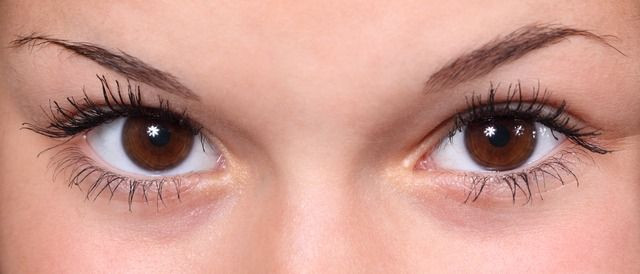What Does It Look Like To Be Colorblind? Explore Different Types Through 8 Mesmerizing Gifs

While most of us see the world in, more or less, the same vibrant colors, there are some whose perception of color is slightly askewed. However, this doesn’t mean they see everything in black in white. Recently the team at Clinic Compare in London created a set of interactive gifs to help us see through the eyes of those with different vision impairments and better understand these color deficiencies.
Blue Cone Monochromacy
Blue Cone Monochromacy is a rare genetic disease of the retina that almost exclusively affects males. Color vision is severely impaired from birth, with the residual capacity permitted by the blue cones and the rods. As a result, those with BCM have trouble distinguishing colors.

Tritanopia
People affected by tritanopia color blindness confuse blue with green and yellow with violet. Individuals with this type of color-blindness usually have less trouble performing everyday tasks, such as reading traffic lights. In addition, unlike most types of color blindness, it is not linked to sex genes, making it equally common in men and women.

Tritanomaly
Like, tritanopia, tritanomaly is a type of tritan color-blindness, meaning that it also causes individuals to confuse blue with green and yellow with violet. Unlike those with tritanopia, whose S-cones are completely missing, those with Tritanomaly have S-cones, but they have a type of mutation. It is also equally common in men and women.

Deuteranopia
Deutan color vision deficiencies are the most common forms of color blindness. In these individuals, the medium wavelength sensitive cones (green) are missing. As a result, they can only distinguish 2 to 3 different hues, whereas someone with normal vision sees 7 different hues.

Deuteranomaly
In the case of deuteranomaly, the green sensitive cones are not missing, but the peak of sensitivity is moved towards the red sensitive cones. In 75 percent of all occurrences of color blindness, it is a defect caused by the green sensitive cone, and these color deficiencies are far more common among males.

Achromatopsia
Achromatopsia is a condition characterized by a partial or total absence of color vision. According to the National Library of Medicine, people with complete achromatopsia cannot perceive any colors; they see only black, white, and shades of gray. Incomplete achromatopsia is a milder form of the condition that allows some color discrimination.

Protanopia
People affected by protan color blindness are less sensitive to red light. Those with protanopia are completely missing their L-cones, making it hard to distinguish between blue and green and red and green.

Protanomaly
Those with protanomaly still have their L-cones, but they are defective. As a result, they also have trouble distinguishing between blue and green and red and green, although to a lesser degree.

Read More:
From Glaucoma To Cataracts: These Gifs Let You See Through The Eyes Of The Visually Impaired: Read Here
Vision Impairment Linked To Worse Quality Of Life: Read Here



























